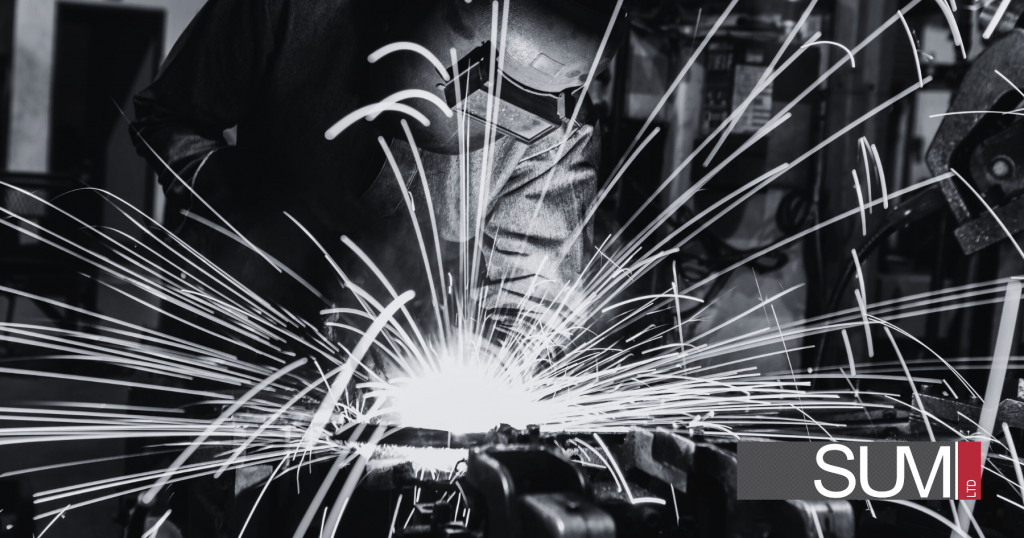Welding is a versatile practice that requires adequate safety measures to protect both the welder and the surrounding environment. One crucial safety tool in welding operations is the welding blanket. In this blog post, we will explore the benefits and applications of welding blankets offered by SUM Ltd. We’ll delve into their construction, how they work, their materials, different categories, and considerations for choosing the right welding blanket.
Protective Barrier Against Heat and Sparks
Welding blankets from SUM Ltd are designed with fire-retardant film and heat-resistant materials, providing an effective barrier against sparks, molten metal, and slag generated during welding. These blankets are compact, portable, and easily stored, making them a convenient safety solution for various welding environments.
Versatility in Applications
While primarily designed for welding, SUM Ltd.’s welding blankets can serve multiple purposes beyond their original intent. They can be used to protect against high-temperature activities like plasma cutting and metal grinding. Additionally, welding blankets can be employed as grill insulation to stabilize internal heat temperatures and protect assets from heat damage, such as singeing wooden decks or house siding.
How Welding Blankets Work
Welding blankets work by forming a protective barrier between the welding area and the surrounding environment. Constructed with materials such as fibreglass, silica, or ceramic fibre, these blankets are capable of withstanding high temperatures and are resistant to flames and sparks. By placing welding blankets around the welding area or draping them over objects that need protection, welders can prevent heat damage and minimize the risk of fire hazards.
Understanding Materials and Categories
Welding blankets are available in different materials, each offering unique properties and levels of protection. SUM Ltd provides blankets made from various materials, including leather, carbon felt, fibreglass, silica, ceramic, vermiculite, and more. The materials used determine the blanket’s heat resistance, durability, and suitability for specific applications. Welding blankets can be categorized into light-duty, medium-duty, heavy-duty, industrial, and special-use blankets, depending on their intended purpose and level of protection.
Considerations for Choosing the Right Welding Blanket
When selecting a welding blanket, it is essential to consider specific factors to ensure optimal performance and safety. Factors to evaluate include size, temperature rating, material compatibility, and thickness. Choosing the right blanket size, temperature rating, and material composition will ensure maximum protection for your welding application.
Proper Care and Safe Usage
To maintain the longevity and safety of your welding blanket, regular maintenance and safe usage practices are crucial. Cleaning the blanket regularly, checking for signs of damage, storing it properly, and inspecting for loose threads or fraying are essential maintenance steps. When using a welding blanket, it’s important to wear appropriate safety gear, inspect the blanket for any damage, and ensure proper positioning to maximize its effectiveness.
Conclusion
Welding blankets are indispensable safety tools in any welding environment, protecting both personnel and surrounding assets from sparks, heat, and molten metal. SUM Ltd offers a range of high-quality welding blankets designed with fire-retardant film and heat-resistant materials. Whether for light or heavy-duty welding jobs, these blankets provide reliable protection and are versatile enough for various heat-generating activities. By considering factors such as size, temperature rating, and material composition, welders can choose the right blanket for their specific application, ensuring a safe and secure working environment.
Ready to Get Started?
Ensure your welding operations are safe and protected with the right welding blanket. Explore our wide range of high-quality welding blankets designed to provide optimal safety and performance. Shop now and safeguard your work environment
